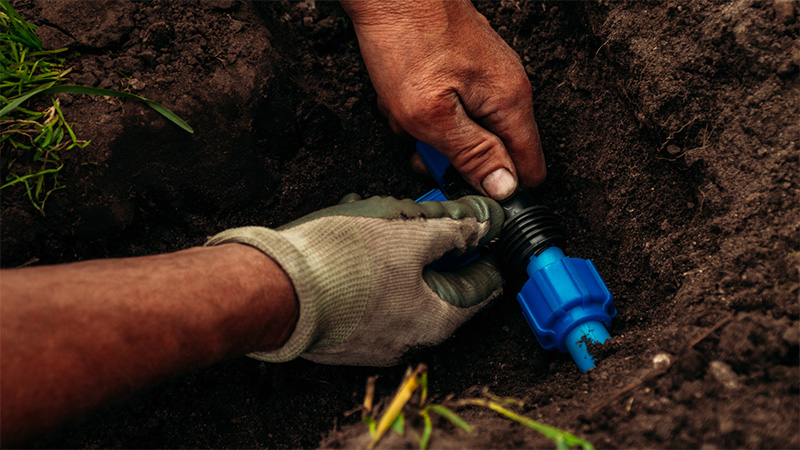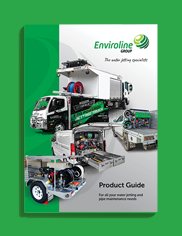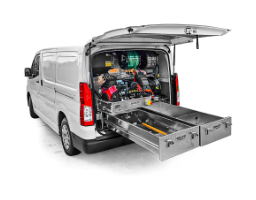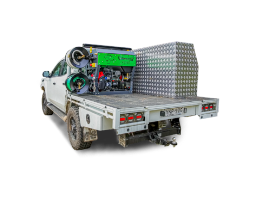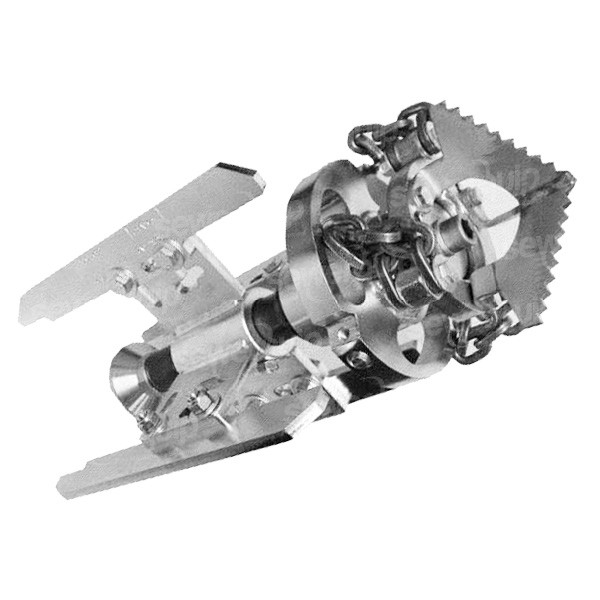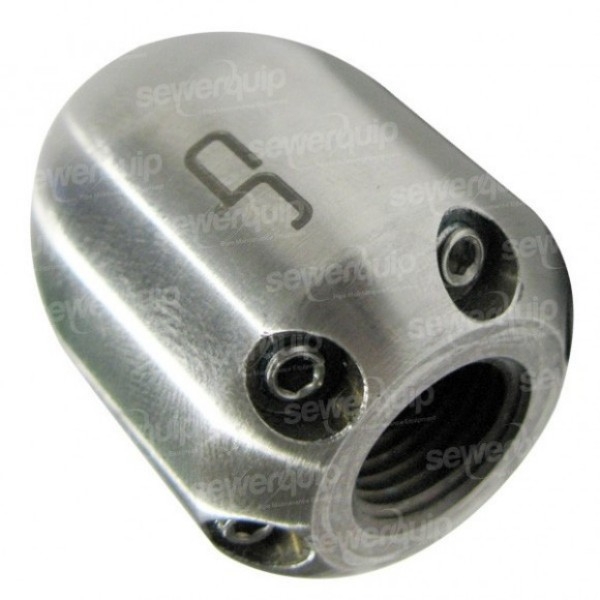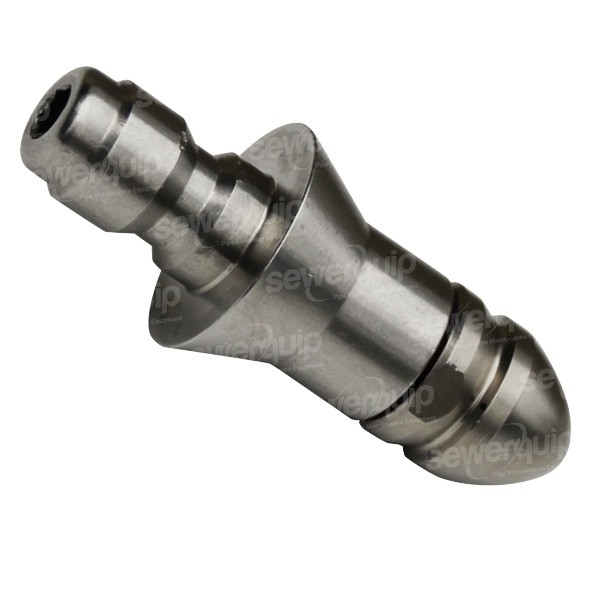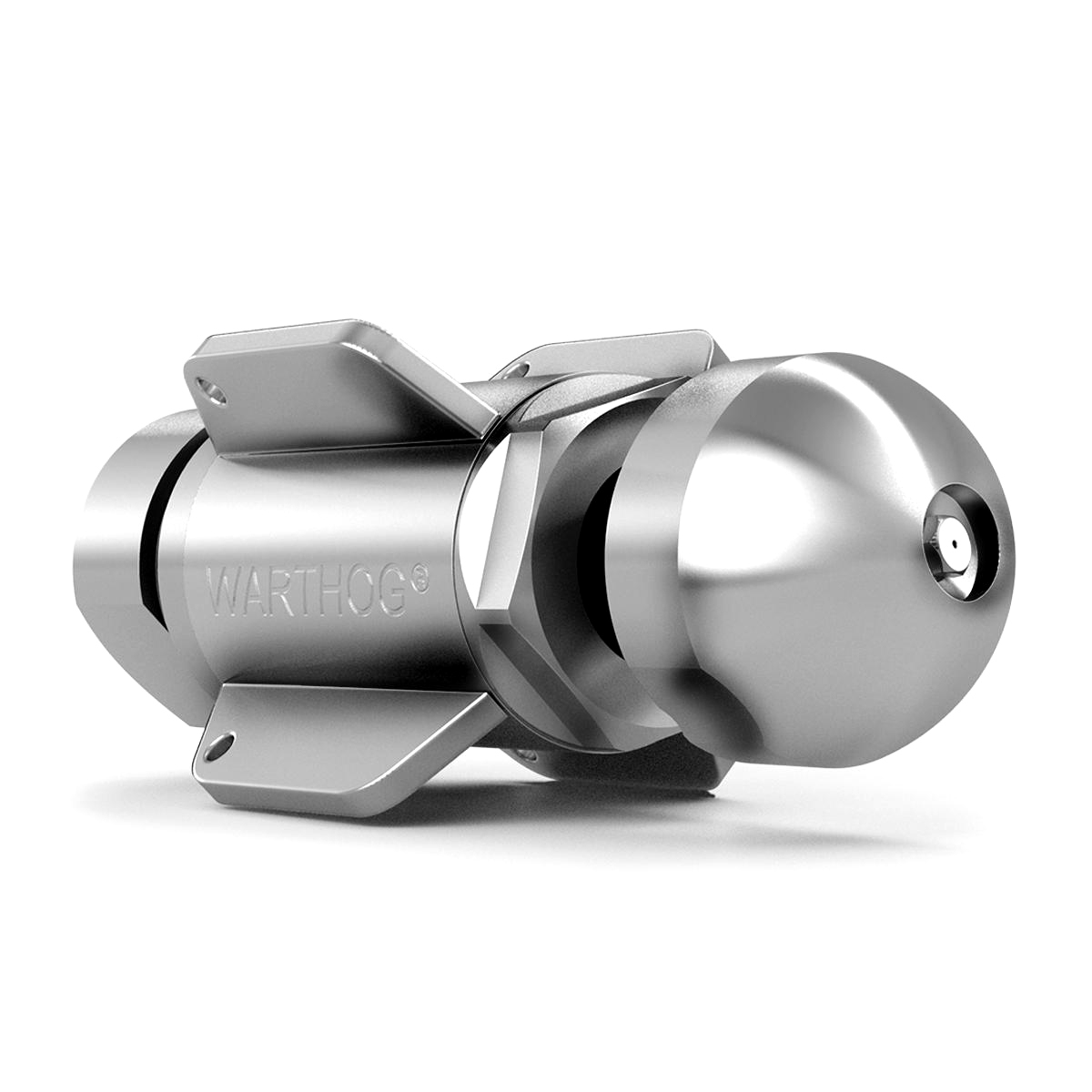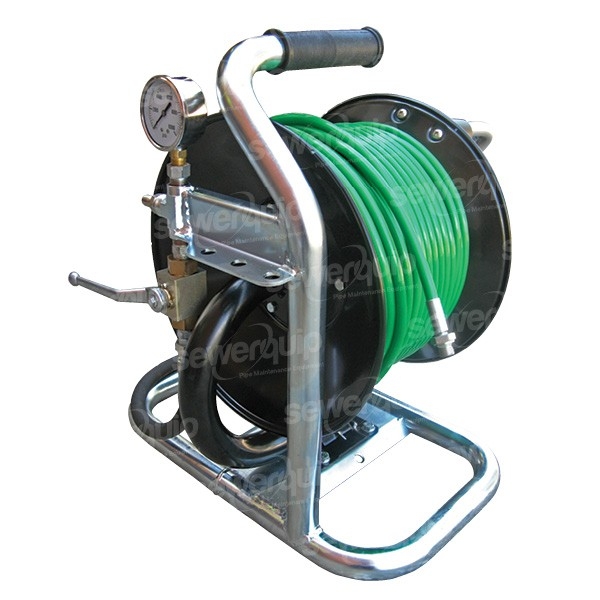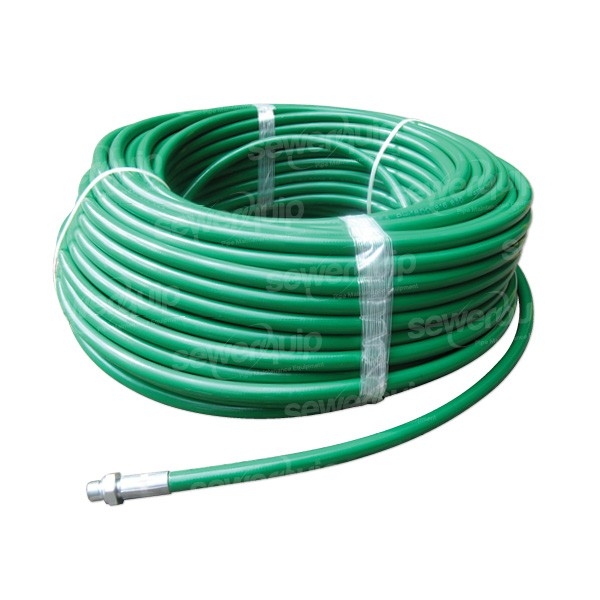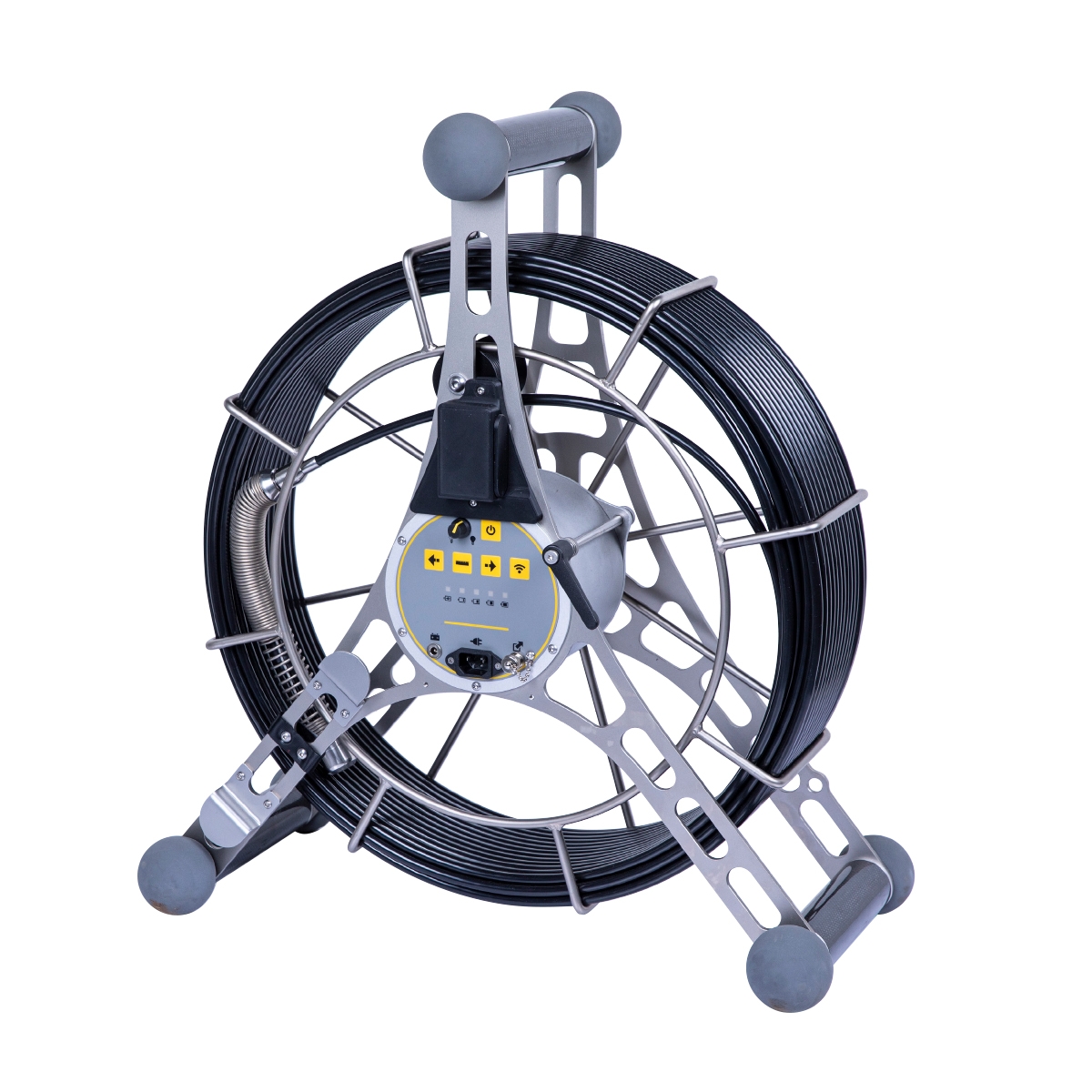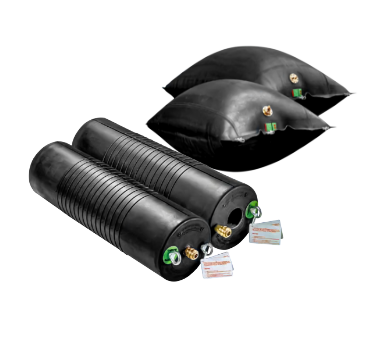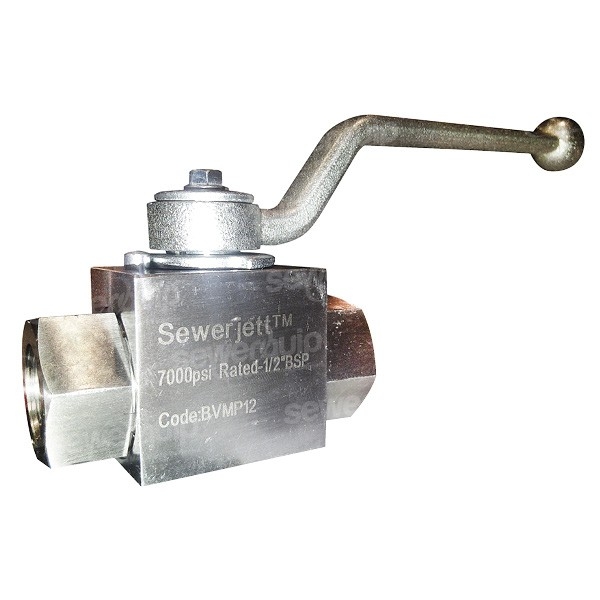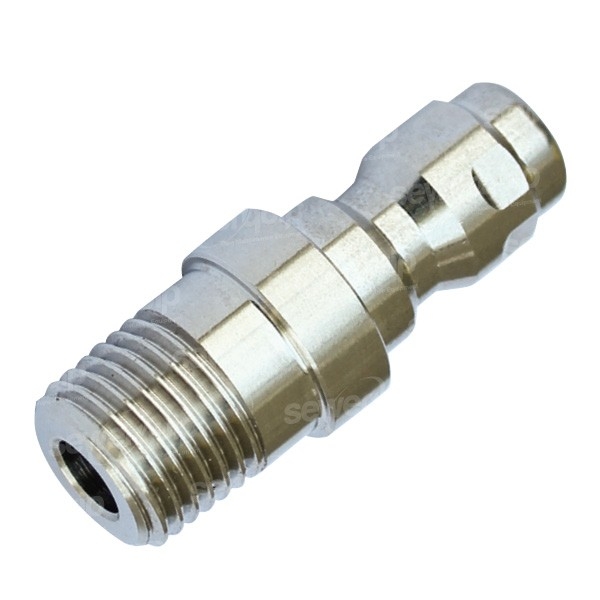Finding hidden plumbing pipes used to be difficult, like playing hide and seek. But now, with tools like plumbing locators, it has become easier.
This guide will explore plumbing locators, including their types, functions, and impact on the plumbing industry.
Understanding the Purpose

Plumbing locators serve a singular yet vital purpose: to locate pipes buried beneath the ground’s surface. These locators are designed to accurately pinpoint pipes, utilities, or obstacles. Regardless of the brand, the primary objective remains consistent—to provide precise location data of underground assets.
Types of Locators and Their Uses
There are various types of plumbing locators, each tailored for specific applications. One common method involves using a locator to find a sonde.
A sonde, typically attached to a camera head, emits a signal that the locator can detect. This setup is commonly used in inspecting drains or sewer lines. While some CCTV pipe inspection cameras come equipped with built-in sondes, others may require an external battery-powered sonde.
Some locators use jets to move through drains and pull themselves down into the system by attaching to a jetting hose. This method helps find the exact location of pipelines from above ground. It is useful when access to the pipeline is limited.
How Plumbing Locators Work
The functionality of plumbing locators revolves around detecting signals emitted by sondes. When a sonde is activated, it emits a signal that the locator can detect. This signal serves as a beacon, guiding the user to the source.
The locator displays numbers indicating signal strength. It also emits a noise that varies depending on your proximity to the source. By interpreting these cues, users can accurately pinpoint the location of the buried asset.
Using a Rigid Locator
One of the most common types of plumbing locators is the rigid locator. This type operates by establishing two poles around the signal source. The camera head emits signals in an upside-down pyramid shape, with the strength weakening as distance increases.
Users look at numbers on the screen. They also listen to pitch noise. This helps them find signal strength and direction. They do this while moving around the area.
Once the first pole is located, the user walks past it to establish the second pole. The distance between these poles helps calculate the depth of the signal source. A wider gap between poles indicates a deeper burial depth. However, using a rigid locator requires skill and precision, as specific steps must be followed to ensure accurate depth determination.
Advanced Plumbing Locators
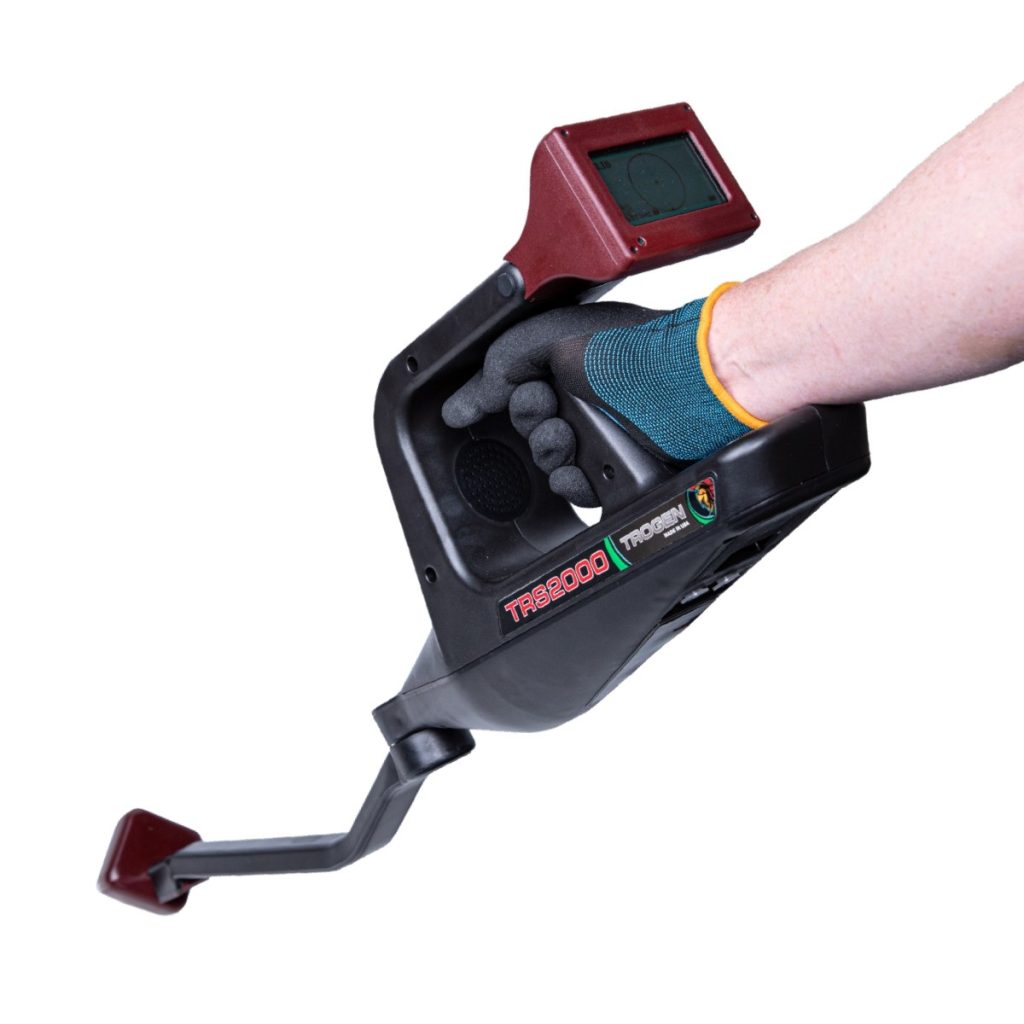
In recent years, advancements in technology have led to the development of more sophisticated plumbing locators. These advanced models, such as the Trogen locator, streamline the locating process. These locators help the camera head find the signal source without needing poles or extra steps to figure out depth. This significantly reduces the time and effort required, making the process more efficient and user-friendly.
Applications and Benefits
The applications of plumbing locators are vast and varied. These tools are important in plumbing for finding leaks, blockages, buried utilities, and obstacles. They are crucial for plumbers.
Plumbers and utility workers can plan repairs and maintenance more accurately by locating underground assets. This helps them avoid mistakes and reduces disruptions.
Furthermore, the use of plumbing locators promotes safety by minimizing the need for invasive excavation. By precisely identifying the location of buried assets, workers can avoid accidentally damaging underground utilities, thus reducing the risk of accidents and injuries.
Conclusion
In conclusion, plumbing locators are indispensable tools in the arsenal of modern plumbers and utility workers. By leveraging advanced technology to accurately pinpoint the location of buried assets, these tools have revolutionized the way underground work is performed.
Plumbing locators assist in fixing blocked drains, locating buried pipes, and identifying underground obstacles accurately and efficiently. This makes it easier to effectively solve these challenges, avoiding extra digging costs.
Understanding how plumbing locators work is essential for anyone involved in underground work. Workers can confidently move around underground by learning how to use these tools. This ensures that repairs and maintenance are done safely and quickly. As technology improves, plumbing locators will become more precise and efficient for underground work, promising a bright future.

